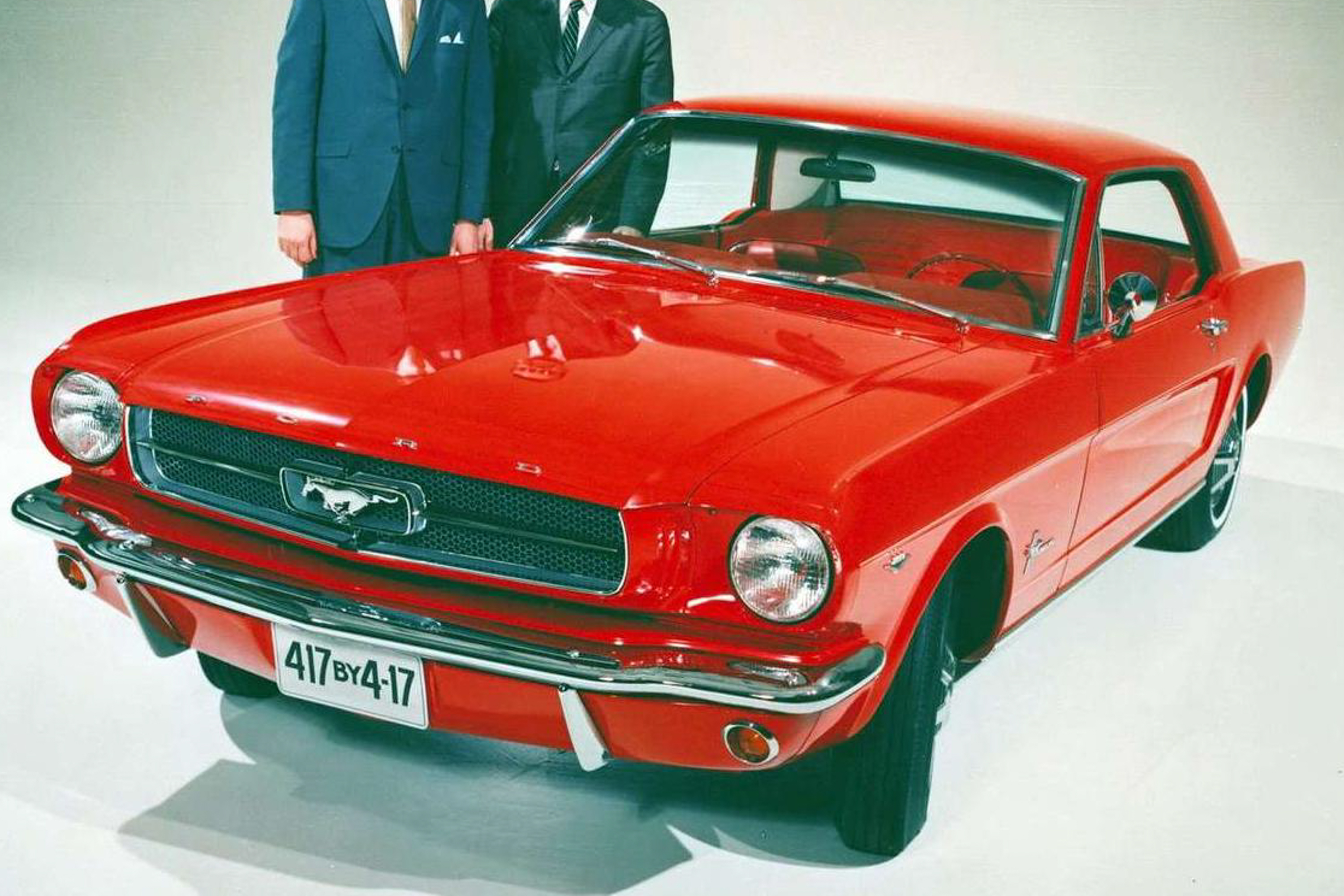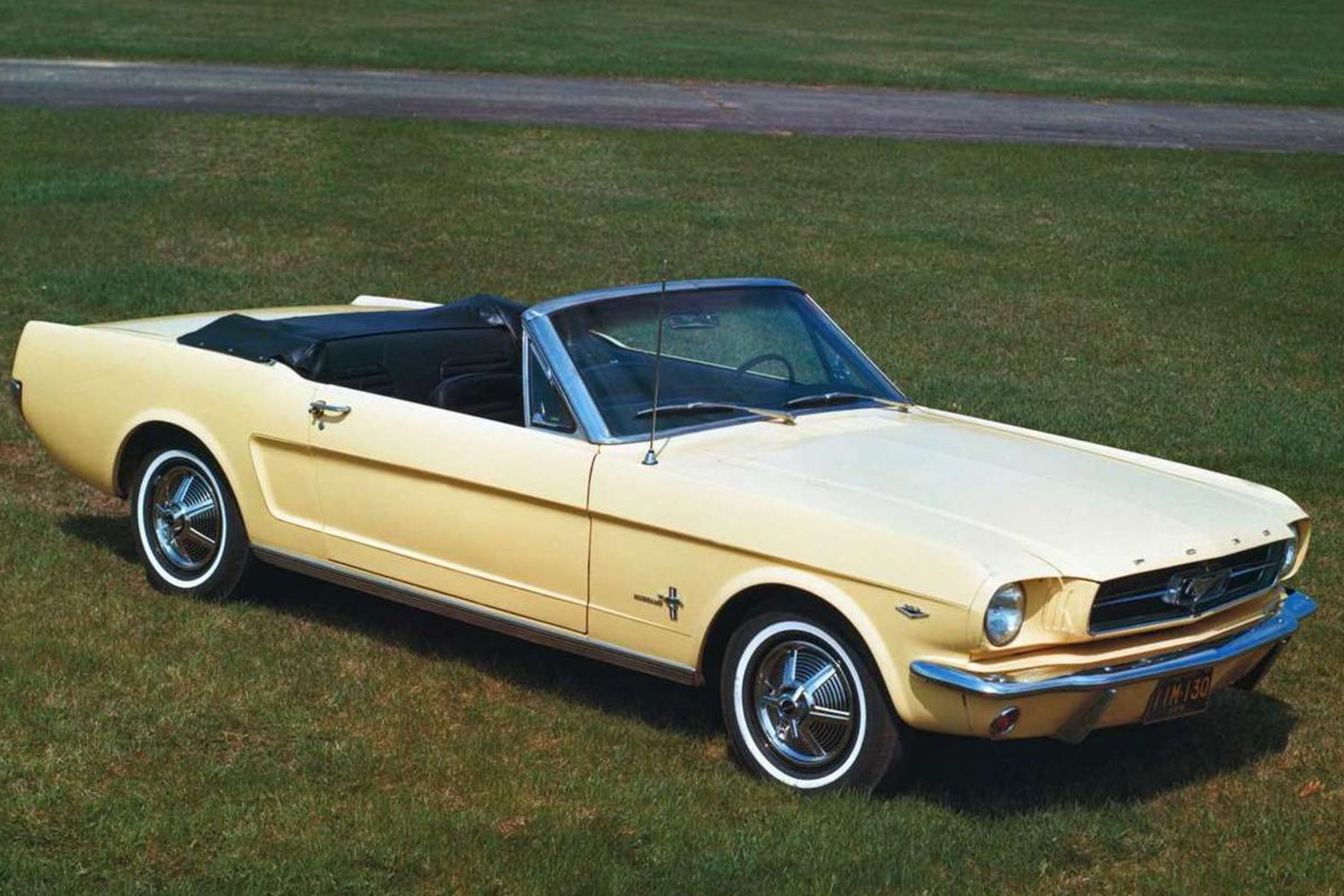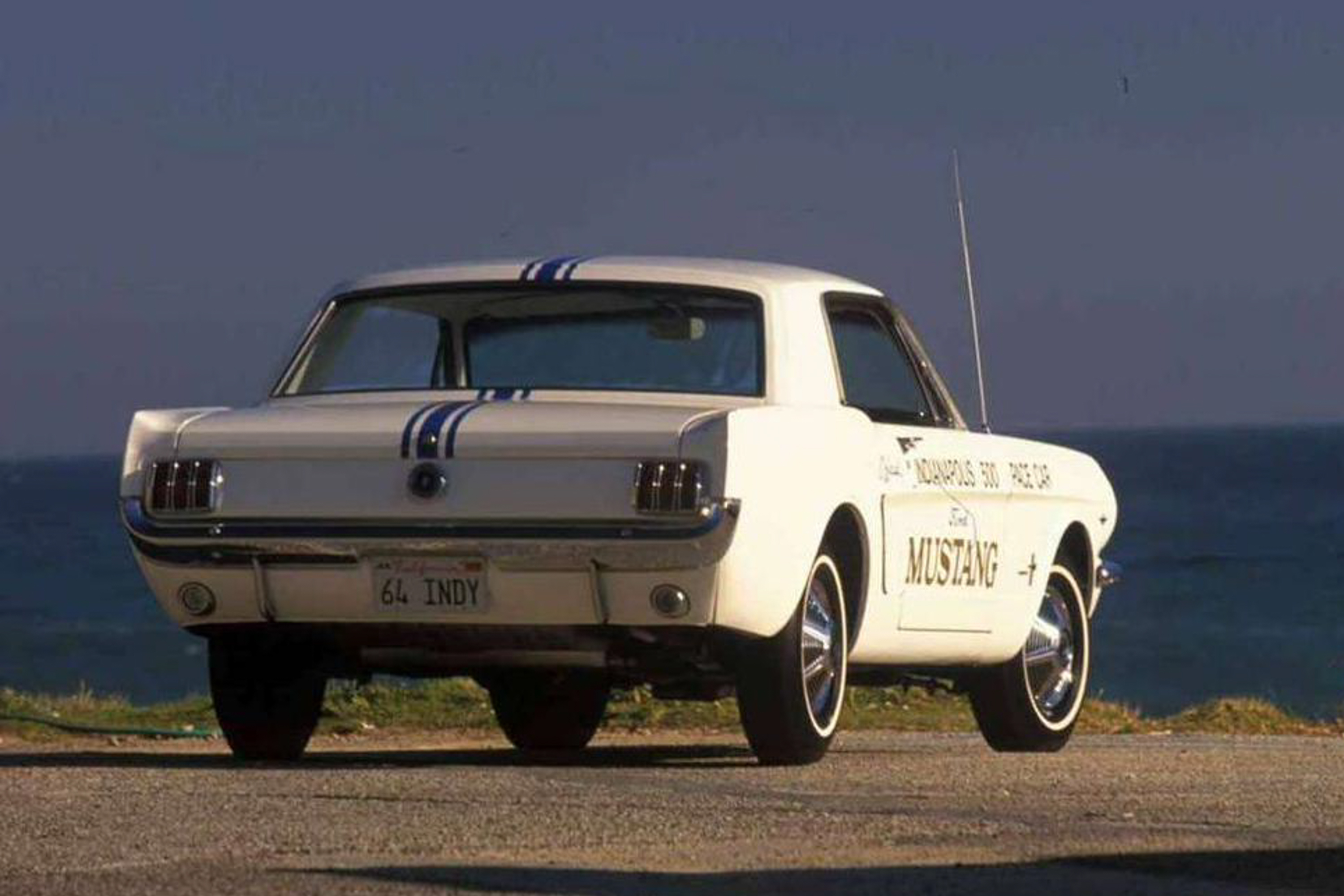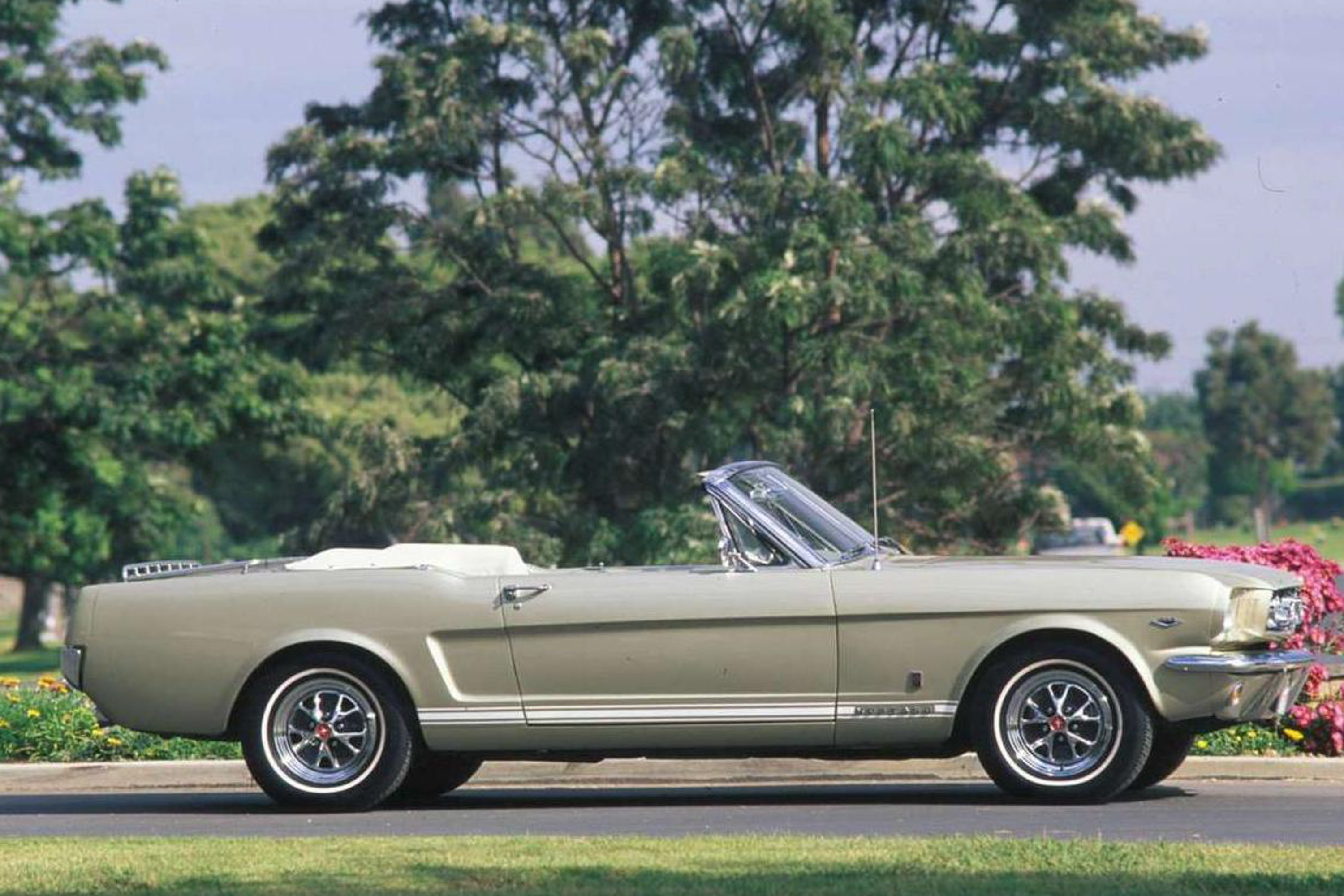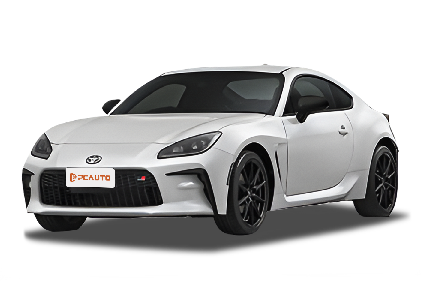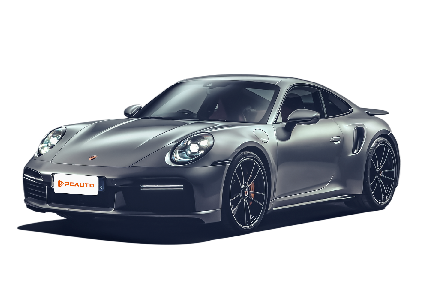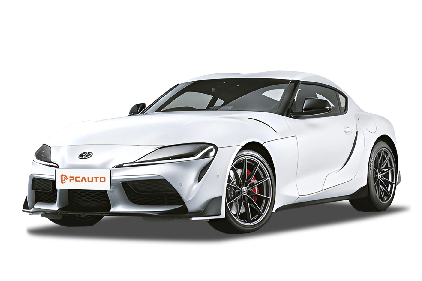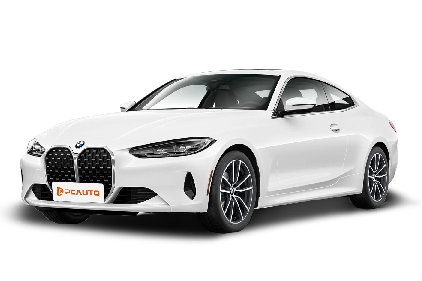Q
How to open the hood in Ford Mustang?
To pop the hood on a Ford Mustang, start by locating the hood release lever down by the driver's left foot, usually near the pedals. Give it a yank, and you'll hear the hood pop up slightly. Then head to the front of the car, stick your hand into the gap at the center of the hood's leading edge, and find that secondary safety latch—it's typically a lever or button. Flip it left or right, and the hood should release fully. Prop it open with the support rod, and you're good to go. A quick note: the Mustang's hood is made of lightweight material, so keep it steady when lifting to avoid dings. If it's sticking, check for gunk or dryness in the latch. For our Malaysian owners, that hot, rainy weather can speed up latch oxidation, so a little regular cleaning and a dab of lubricant goes a long way. While you're at it, get familiar with where the coolant reservoir and oil dipstick live under there—it makes routine checks way easier. As a classic American muscle car, the Mustang's engine bay is a bit tight, but the layout's logical enough. Once you get the hang of the basics, basic maintenance becomes a breeze.
Q
How many miles can a Ford Mustang run?
The Ford Mustang, that iconic American muscle car, how long it lasts really comes down to a bunch of things—how you take care of it day in and day out, your driving style, and let's not forget Malaysia's unique climate. Generally speaking, if you stay on top of the basics—regular oil changes, transmission fluid services, brake checks—you're looking at 200,000 to 300,000 kilometers, maybe even more. That's especially true here in Malaysia, where we mix city commutes with highway runs. Just lay off the hard launches and don't keep it working at max effort for ages, and the engine and drivetrain should hold up nicely over time.
Now, Malaysia's heat and humidity? They can be a bit tough on the car's electronics and rubber bits. So, it's smart to check the wiring and seals every so often to stop them from aging too early. If you really want to stretch your Mustang's lifespan, splurge on good quality lubricants and stick with genuine parts. Follow the maintenance manual to the letter, and when you park, try to find a shady, dry spot—keeps the sun from baking it and rain from messing with it.
All in all, with proper care, the Ford Mustang can be a solid, long-term companion. It's a great fit, especially for Malaysian drivers who love that classic American muscle car vibe.
Q
When was the Ford Mustang released?
The Ford Mustang first made its official debut at the New York World's Fair on April 17, 1964. This classic American muscle car quickly became a favorite among enthusiasts worldwide and hit showrooms in 1965, hence its nickname, the "1965 Mustang." With its sporty design, powerful performance, and accessible price tag, the Mustang won over hearts globally and cemented its status as an icon of American automotive culture.
Malaysian petrolheads have also fallen for the Mustang's charm, especially with recent official imports hitting local shores. Whether it's the thunderous 5.0-liter V8-powered Mustang GT or the more fuel-conscious 2.3-liter EcoBoost variant, these models let local buyers get a taste of this legendary sports car's allure. Sure, the Mustang commands a premium in Malaysia as an imported vehicle, but its distinct American styling and sheer driving fun keep drawing in those who crave something with personality.
Adding to the excitement, Ford has rolled out high-performance specials like the Shelby GT500, expanding the lineup to cater to a wider range of enthusiasts and their specific desires.
Q
What is the top speed of a Ford Mustang
The top speed of the Ford Mustang varies depending on the specific model and powertrain setup. For instance, the Mustang GT with its 5.0-liter V8 can hit around 250 km/h, while the high-performance Mustang Shelby GT500, with its supercharged V8, can breach 290 km/h. The electric Mustang Mach-E GT Performance Edition, on the other hand, prioritizes acceleration and tops out at approximately 200 km/h.
For Malaysian enthusiasts, the Mustang's potent rear-wheel-drive layout and classic American muscle car styling hold significant appeal. However, it's crucial to exercise caution when unleashing its high-performance capabilities in the country's hot and humid climate and twisty road conditions. Opting for high-performance tires and keeping up with regular maintenance are strongly recommended to ensure safety.
Additionally, Malaysia's import duties on cars are quite high, meaning the Mustang's price tag is noticeably steeper than in its home market. But its distinctive exhaust note and modification potential still make it a sought-after choice among the niche car enthusiast community.
Q
Which to buy? Ford Mustang vs Chevy Camaro?
The Ford Mustang and Chevrolet Camaro are both classic American muscle cars, each boasting a solid fan base in the Malaysian market. Ultimately, the choice between them boils down to personal taste and what you plan to use the car for.
The Mustang is known for its iconic looks and a relatively comfortable ride, making it a great pick if you want something that handles daily driving duties well but still turns heads on weekend cruises. The 2.3L EcoBoost turbo engine is the way to go if fuel efficiency is a priority, while the 5.0L V8 delivers that raw, unapologetic American exhaust note we all love.
On the flip side, the Camaro leans into more hard-core handling. Its Alpha platform gives it razor-sharp cornering abilities, perfect for drivers chasing that track-day thrill. The LT1 V8 under the Camaro's hood serves up power in a direct, no-nonsense way, though the trade-off is narrower visibility, which can be a bit of a hassle for everyday use.
Both cars have decent after-sales networks in Malaysia, but parts can sometimes take a while to come in, so it’s smart to check with your local dealer about support before you commit. And let’s not forget Malaysia’s hot weather – it’s tough on high-performance engines, so keeping a close eye on coolant levels and oil condition with regular checks is a must for maintenance.
If modern tech is your thing, the Mustang’s SYNC 3 infotainment system is more user-friendly and intuitive. The Camaro, however, offers more nuanced drive mode adjustments for those who like to fine-tune their driving experience.
At the end of the day, I’d strongly recommend test-driving both. They’ve got distinctly different personalities, and nothing beats getting behind the wheel to feel which one truly clicks with you.
Q
Which year was the Ford Mustang launched?
The Ford Mustang first hit the scene back in 1964 and officially launched as a 1965 model. This classic American muscle car quickly became a global fan favorite, with its iconic long hood, short decklid design, and brute power still turning heads today. For Malaysian enthusiasts, the Mustang isn't just about that raw American sports car spirit – it's grown even more popular lately thanks to the introduction of right-hand-drive versions. The 2015 sixth-generation model was a game-changer, marking the first time Mustangs came with right-hand drive, letting Malaysian buyers experience that authentic pony car thrill.
Over the years, the Mustang has evolved with the times. From those early V8-powered beasts, it now offers a choice between a 2.3-liter EcoBoost turbo and the legendary 5.0-liter V8, striking a balance between performance and fuel efficiency. Inside, tech and safety features have gotten a major upgrade too, cementing its status as a modern muscle car benchmark.
In Malaysia, the Mustang stands out with its head-turning looks and a price tag that's way more accessible than most European sports cars. It's become the go-to ride for drivers who want something with personality and punch, making it a frequent sight and a real standout on local streets.
Q
What is the engine in a Ford Mustang Ecoboost?
Under the hood of the Ford Mustang EcoBoost lies a 2.3-liter EcoBoost four-cylinder turbocharged engine. This powerplant features direct fuel injection and a twin-scroll turbocharger, cranking out an impressive 310 horsepower and a meaty 475 Nm of torque. It's mated to either a 10-speed automatic or a 6-speed manual gearbox, delivering both strong performance and decent fuel efficiency.
This engine has really caught on in the Malaysian market, especially with drivers who crave a sporty drive but still need something practical for daily use. What's cool about EcoBoost tech is that it's Ford's headline act these days for power solutions. By pairing turbocharging with direct injection, they've managed to squeeze big-displacement naturally aspirated-like power out of a smaller engine, all while cutting down on fuel consumption and emissions – totally in line with global green trends.
For Malaysian buyers, this engine ticks the boxes for daily commuting *and* lets you have some weekend fun with that sports car feel. Plus, Ford's got a solid after-sales network here, so maintenance and repairs are pretty hassle-free. On top of that, the Mustang EcoBoost comes with a much friendlier price tag compared to the V8 model, lowering the barrier to owning this iconic American muscle car. All things considered, it's a great value-for-money pick.
Q
What engine does a Ford Mustang have?
Ford's Mustang, that iconic American muscle car, is currently available in Malaysia with two engine options. There's the 2.3-liter EcoBoost four-cylinder turbo, which cranks out around 310 horsepower and 475 Nm of torque – perfect for drivers who want a sporty feel without completely ignoring fuel efficiency. Then there's the beastly 5.0-liter Coyote V8, a naturally aspirated monster good for 450 horsepower and 529 Nm of torque, delivering that raw, unadulterated American V8 roar we all love. Both engines are paired with Ford's 10-speed SelectShift automatic transmission.
It's worth keeping in mind that Mustangs in Malaysia are fully imported (CBU), so owners should be especially aware of the road tax costs associated with higher-displacement engines. The V8 model also comes with that nifty active valve exhaust system, which lets you tweak the exhaust note via steering wheel controls. Now, here's the thing about Malaysia's hot weather – it can be tough on the cooling system, especially with that V8. So, making sure your coolant is in good shape and checked regularly is a smart move.
If you're considering a used Mustang, the post-2018 models got suspension upgrades that make them better suited to Malaysia's twisty roads. On the flip side, the earlier Recaro racing seats, while supportive, can feel a bit firm on longer drives. These are all factors potential buyers should weigh up.
Q
How much is a Ford Mustang?
In Malaysia, the price of a Ford Mustang can vary depending on the model year, specifications, and import duties. Right now, new Mustangs typically range from around RM450,000 to RM600,000, with the exact figure depending on the variant you go for—like the EcoBoost (2.3L turbocharged) or the GT (5.0L naturally aspirated V8). As a classic American muscle car, the Mustang has always been a hit with enthusiasts thanks to its iconic design and gutsy performance, making it a solid pick for Malaysian drivers who crave a bit of personality in their ride.
It’s worth keeping in mind that importing a car here means factoring in extra costs like tariffs, sales tax, and insurance, all of which add up to the final on-the-road price. If you’re open to a used model, you’ll find better deals in the secondhand market, but make sure you thoroughly check the car’s condition and service history before committing.
While the Mustang remains a niche choice locally, its strong brand reputation and sheer driving excitement help it carve out a spot in the performance car scene. If you want heads turning and that rush of raw power under your right foot, this pony car is definitely one to shortlist.
Q
How much to replace a transmission of 2006 Ford Mustang ?
If you need to replace the transmission in a 2006 Ford Mustang here in Malaysia, you're looking at a ballpark cost of around RM6,000 to RM15,000. The final price tag really hinges on a few things: whether it's a manual or automatic gearbox, if you go for a brand-new OEM unit versus a remanufactured or used one, and of course, the labor rates at the shop you choose. New factory transmissions will hit your wallet harder, but going the reman or second-hand route can definitely bring those costs down. I’d strongly advise getting quotes from multiple workshops and making sure you’re clear on the warranty terms before pulling the trigger.
One thing to keep in mind: if you ignore transmission issues, they can snowball into bigger problems—think damaged clutches or driveline components—so addressing them early saves you from costlier repairs later. Regular transmission fluid changes (every 60,000 to 100,000 km) are also key to keeping that gearbox happy and extending its life. If you start noticing delayed shifts, strange noises, or fluid leaks, don’t wait around—get it checked out ASAP. And since we’re talking about an older American ride, it’s worth tracking down a technician who knows these models well to ensure parts compatibility isn’t an issue.
